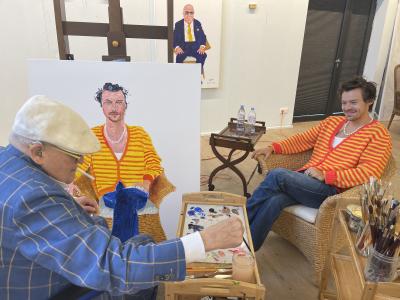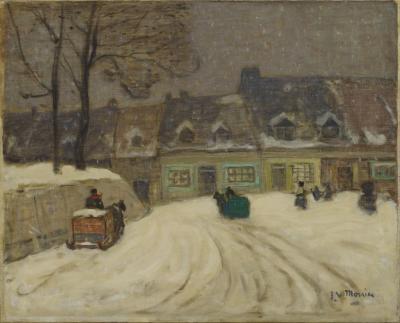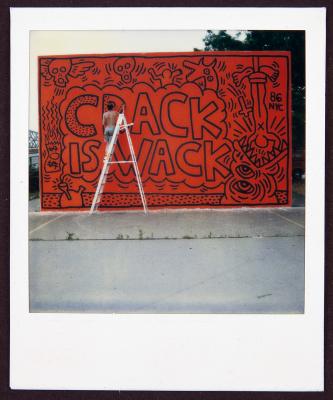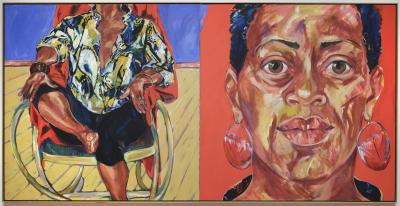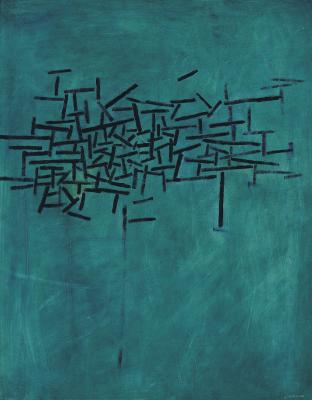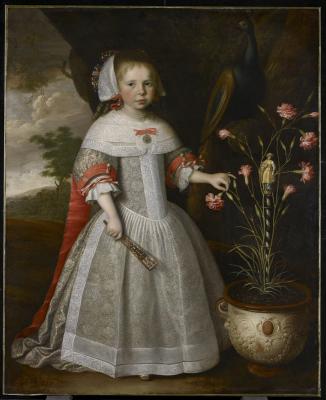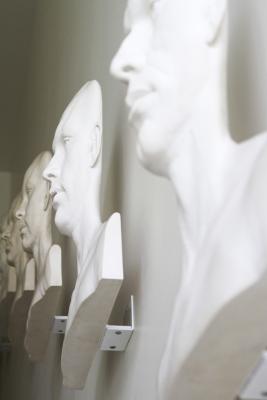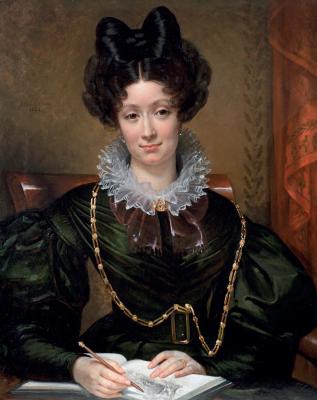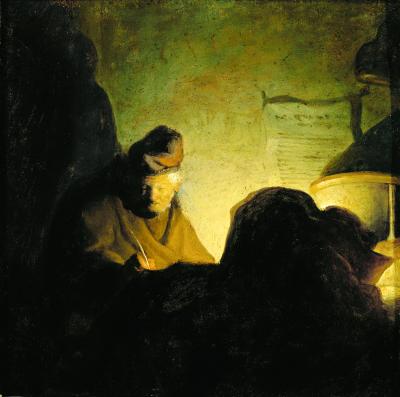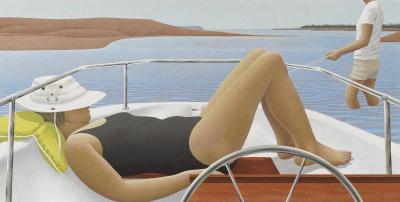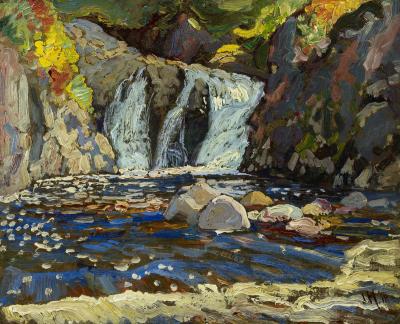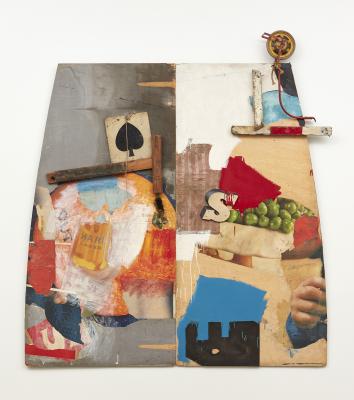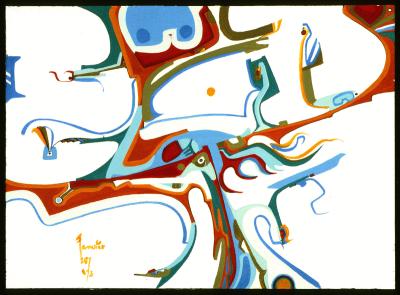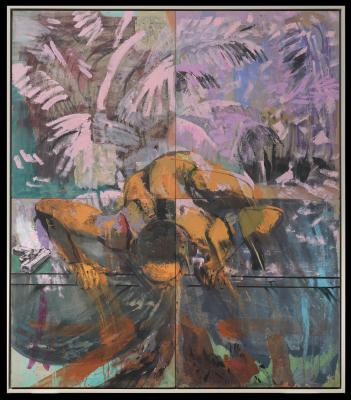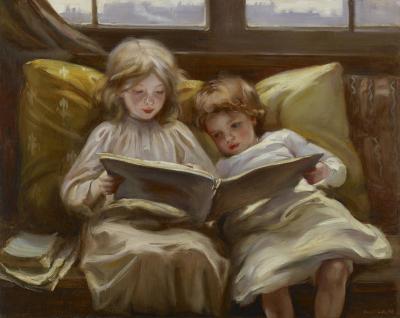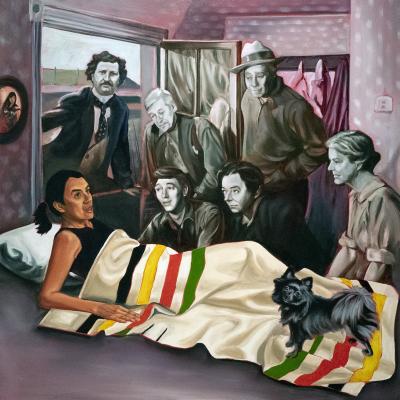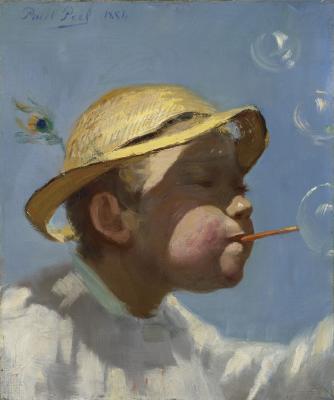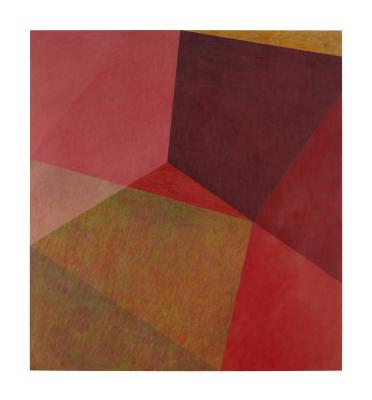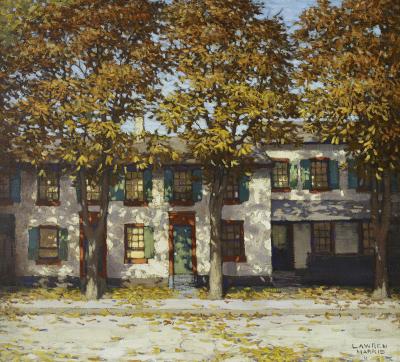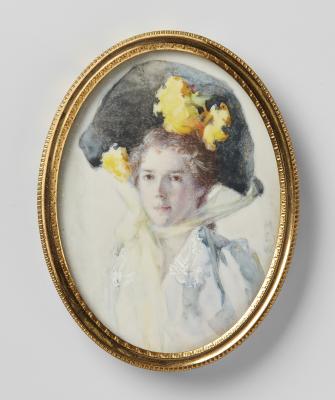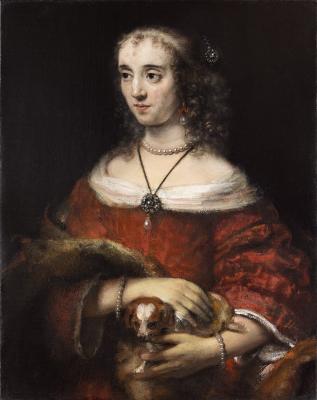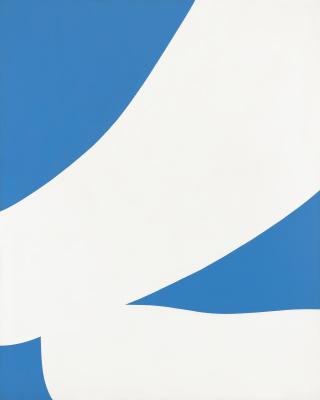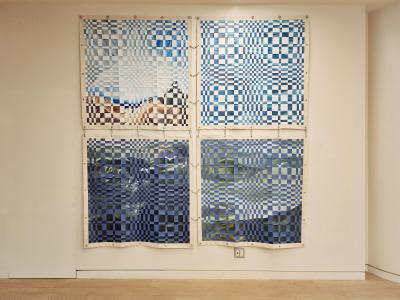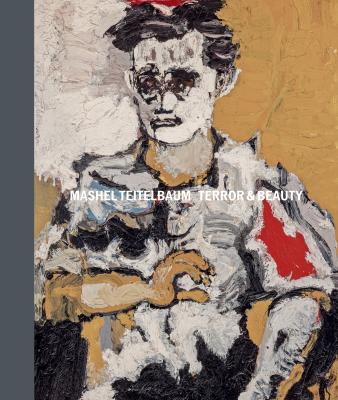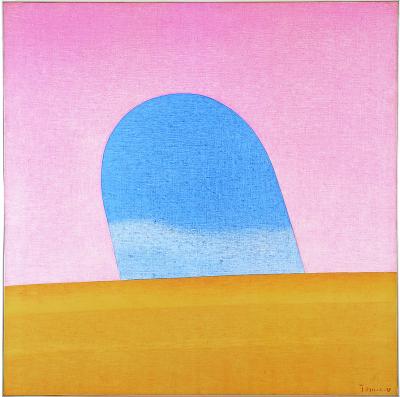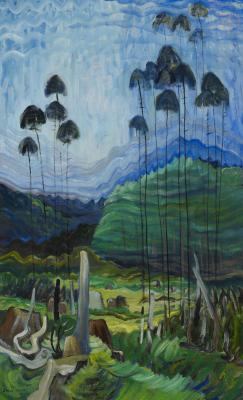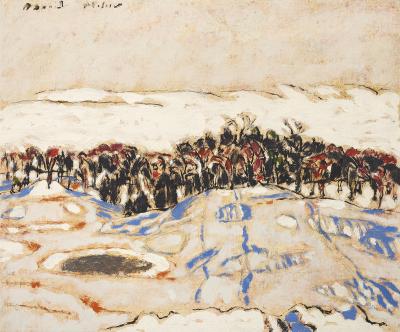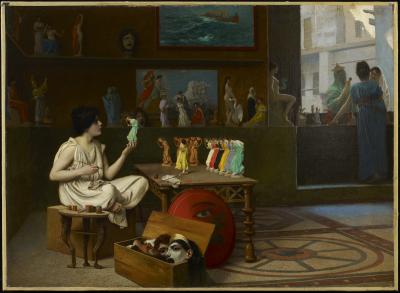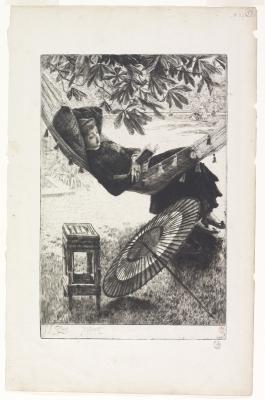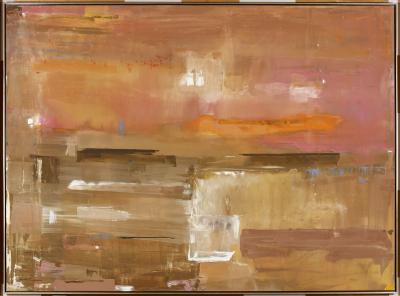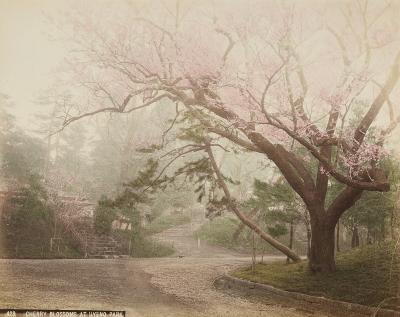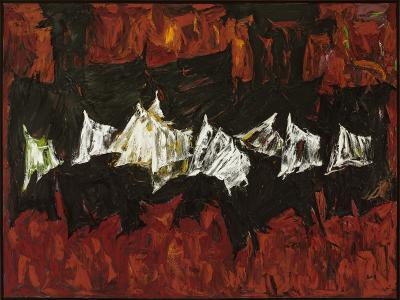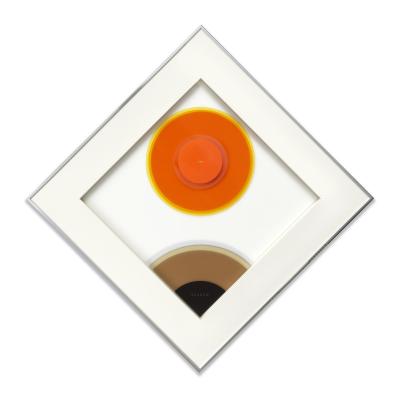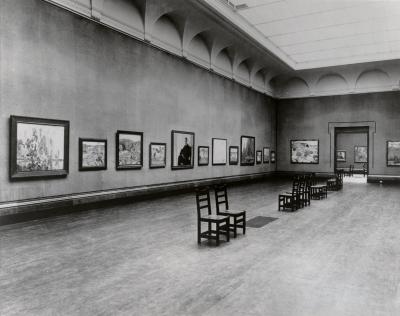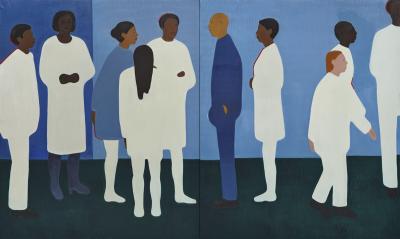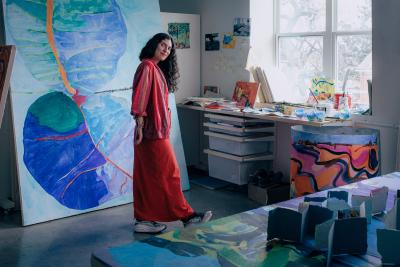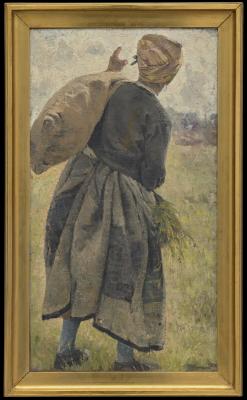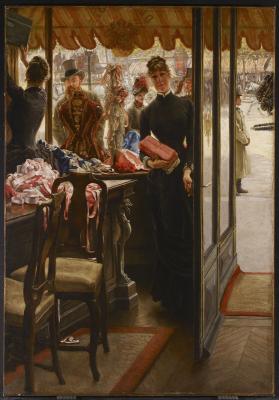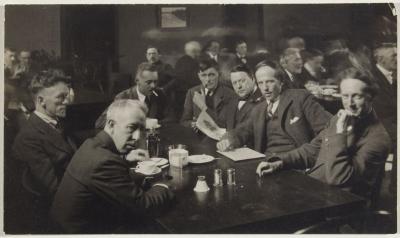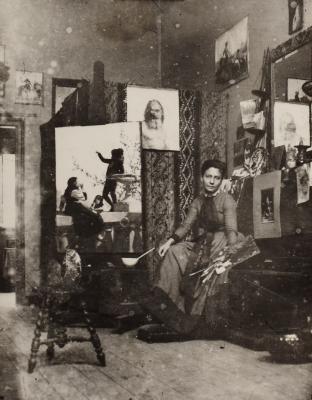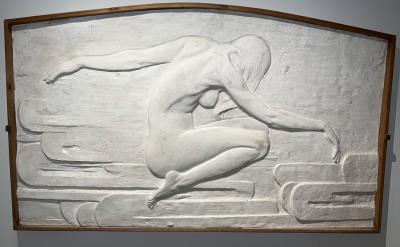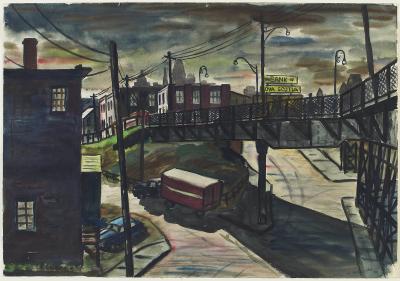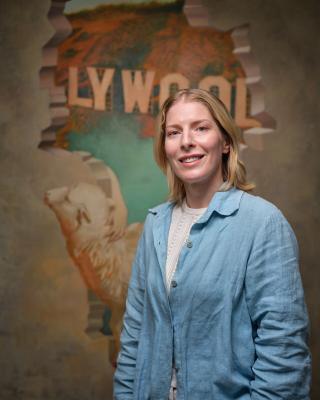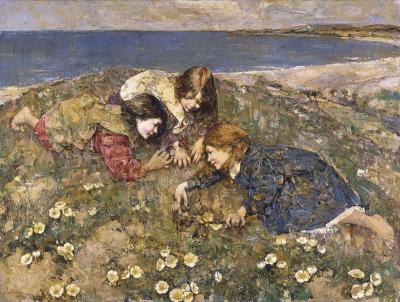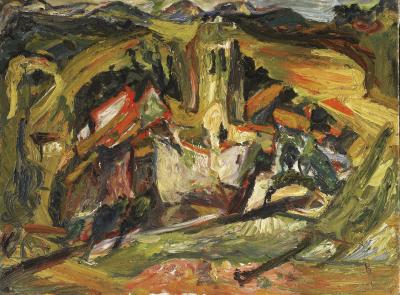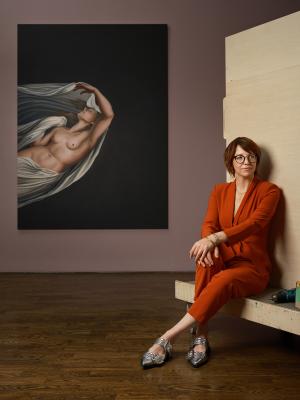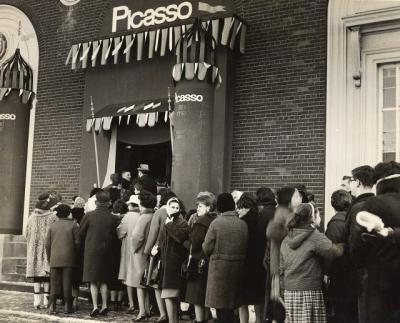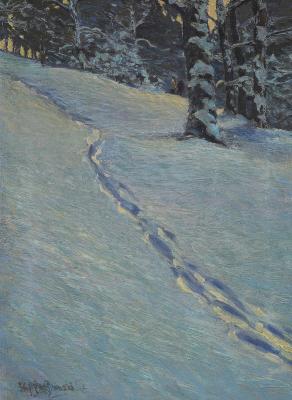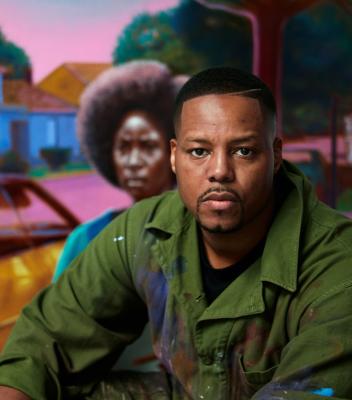
Low Tide
Learn more about the rigorous geometry behind Alex Colville’s summer scene on the water
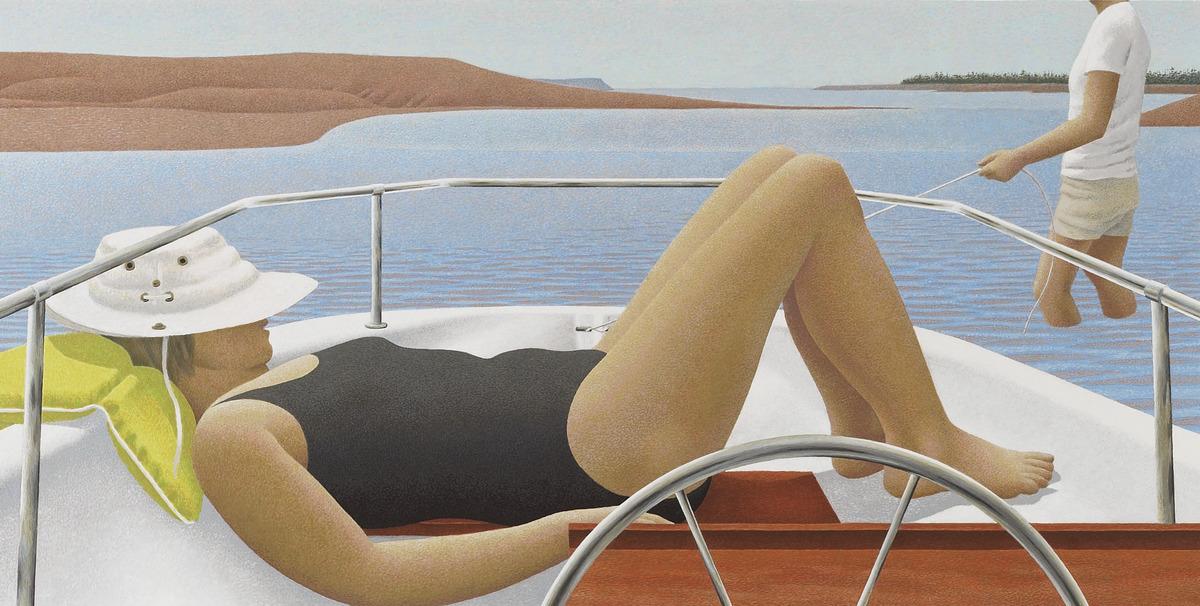
Alex Colville. Low Tide, 1987. Acrylic on untempered hardboard, 41 x 81.3 cm. Art Gallery of Ontario. Gift from the Estate of R. Fraser Elliott, 2005. © A.C. Fine Art Inc. 2005/147
A sunny siesta or a relaxing sunbathing session, it’s hard not to envy the main subject of Alex Colville’s Low Tide (1987) as temperatures creep beyond 25 degrees in Ontario.
On view now in the exhibition Moments in Modernism at the AGO, this RBC Art Pick portrays an idyllic summer day on the water. A woman in a black one-piece swimsuit reclines on the bow of a Boston Whaler boat. As she rests her head on what looks like a life jacket, her wide-brim hat is strategically balanced in a way that both protects her face from the sun and hides her face from the viewer. Behind her in the water, a man leads the boat out into the water, his face also hidden.
This scene takes place at the Minas Basin in Nova Scotia, specifically at the mouth of the Cornwallis River. It wasn’t unusual for Colville’s paintings to feature the nature of Nova Scotia and New Brunswick. Although born in Toronto, Colville grew up in Nova Scotia and spent most of his life there. After falling sick with pneumonia as a child, Colville discovered his interest in art during a six-month bedrest. He went on to pursue a career in art, studying at Mount Alison University before joining the Canadian Armed Forces as a war artist from 1944 to 1946.
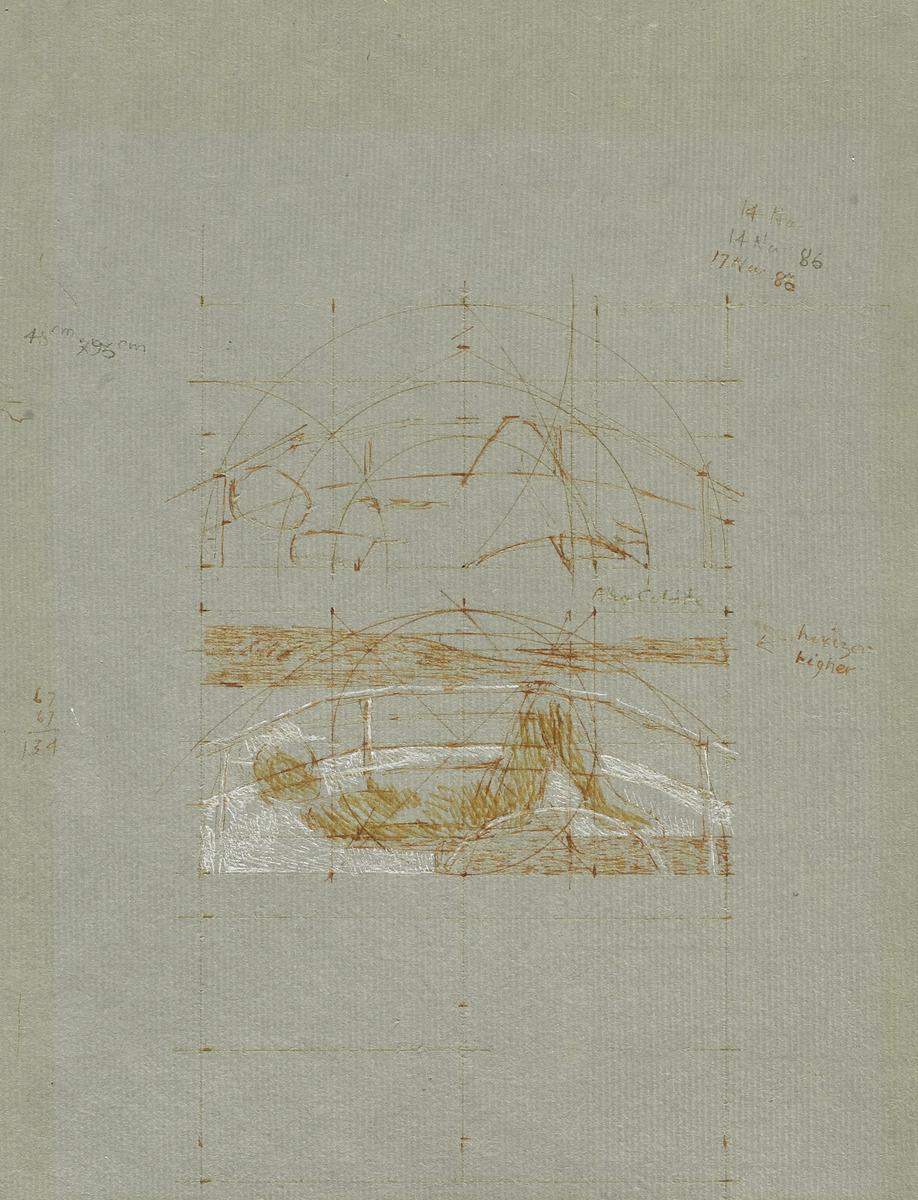
Alex Colville. Study for Low Tide I, November 14 -17, 1985. Ink on paper, Overall: 28 x 21.6 cm. Art Gallery of Ontario. Gift from the Estate of R. Fraser Elliott, 2005. © A.C. Fine Art Inc. 2005/146
While it portrays a relaxing day on the water, Low Tide was actually created using a rigorous geometric framework. By the 1950s, Colville had found his mature style, which included using geometry and math to create order within his paintings. Colville would start his paintings with studies, using geometry to sketch out relationships between different objects. He often used the golden section — a mathematical ratio that divides lines in both a symmetric and aesthetically pleasing way — to guide his sketches. According to writer and art curator Ray Cronin, Colville’s time in the war and his interest in existential philosophy led him to geometry, his orderly paintings providing a static scene that anchors viewers amidst the world’s chaos.
It took Colville months to create a painting, and the numerous studies he would create per painting were only half of the reason why. The other half of Colville’s mature style was painting with a realist approach. Inspired by a pointillist style, he would paint with small, individual brush strokes of singular colours, building up detail and forms to an even, opaque finish.
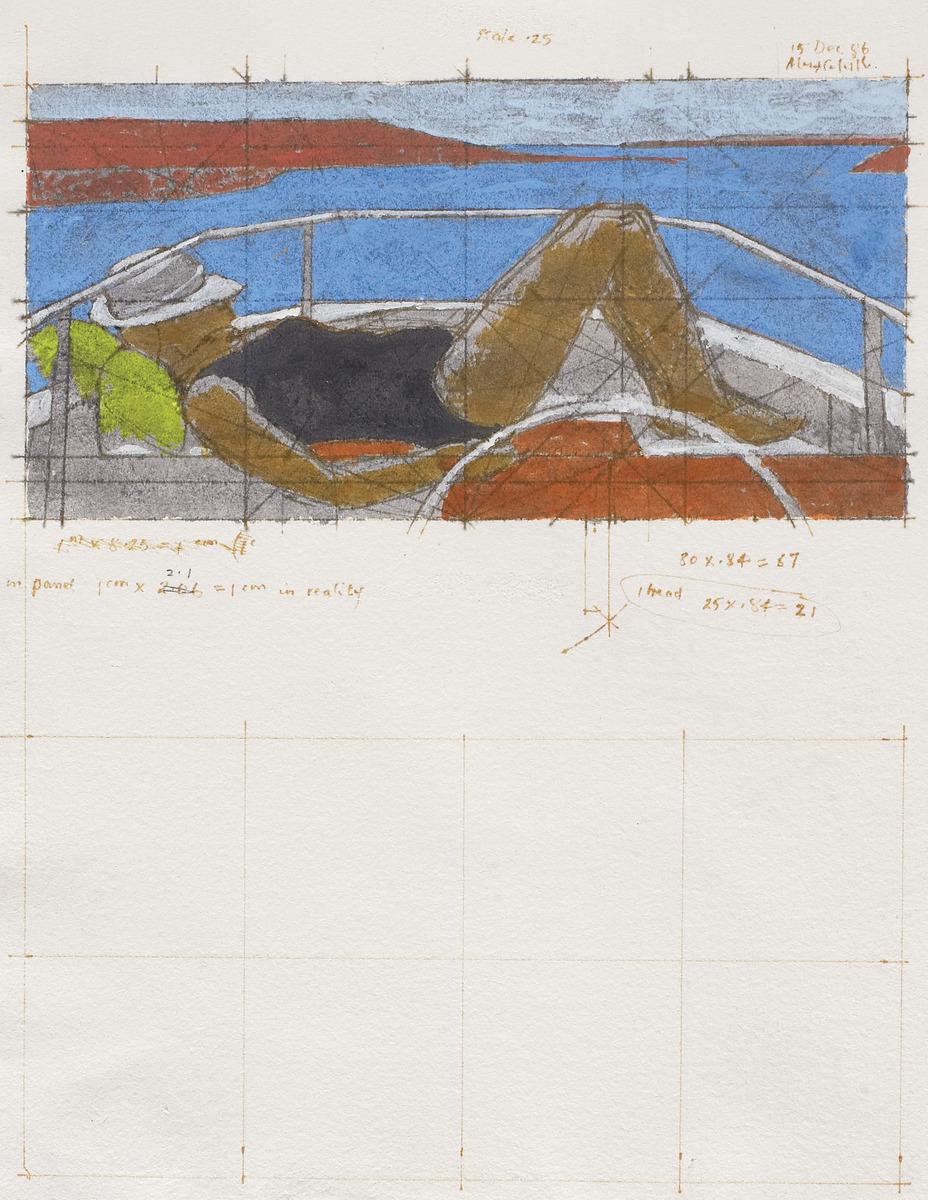
Alex Colville. Study for Low Tide IlI, December 15, 1986. ink, acrylic, graphite on paper, Overall: 28.5 x 22.1 cm. Art Gallery of Ontario. Gift from the Estate of R. Fraser Elliott, 2005. © A.C. Fine Art Inc. 2005/148
Colville’s style has been described as magic realism, a representational style that incorporates fantastical and dream-like qualities. His paintings present mysterious scenes walking the line between imagination and reality, private and public. It wasn’t unusual for Colville to incorporate his environment into his paintings, and this included his family. His wife Rhoda, whom he met at Mount Allison University, was especially at the centre of Colville’s work. Identifiable by her blonde bob, most of the woman figures in his paintings, including in Low Tide, were based on her. Despite Rhoda’s constant cameos in his work, Colville’s paintings weren’t strictly a mirror of his life. Rather, his works represent his attempt to make sense of life and humanity. Colville called himself a “conceptual” artist, meaning that painting was his way of thinking through the world.
Colville and Rhoda were married for 70 years until Rhoda passed away in December 2012. Colville passed less than a year later in July 2013 at 92.
Escape the chaos of the world and become anchored in Colville’s works by visiting Moments in Modernism, on view on Level 4 of the AGO. Check out June’s other RBC Art Pick Portrait of an Artist Drawing a Landscape in her Sketchbook by Amélie Legrand de Saint-Aubin.
Moments in Modernism was co-curated by Debbie Johnsen, Manager, Modern and Contemporary Collections, and Stephan Jost, Michael and Sonja Koerner Director, and CEO. Moments in Modernism features artworks that will form the cornerstone for the expansion of the new Dani Reiss Modern and Contemporary Gallery, starting construction in 2024. The new building is being designed by architects Diamond Schmitt, Selldorf Architects and Two Row Architect to showcase the AGO's growing collection of modern and contemporary art.
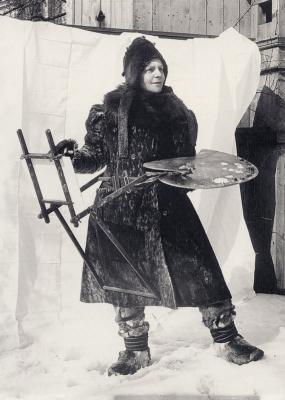
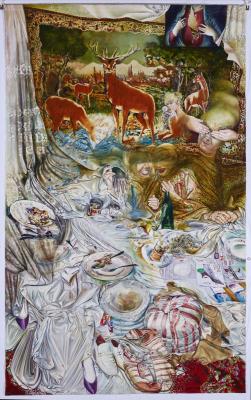
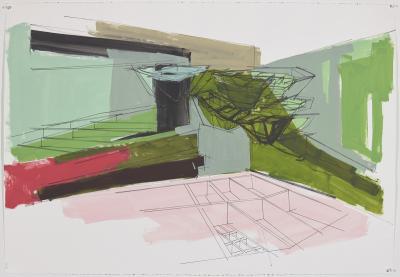

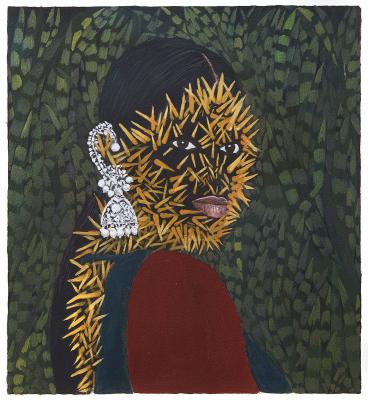

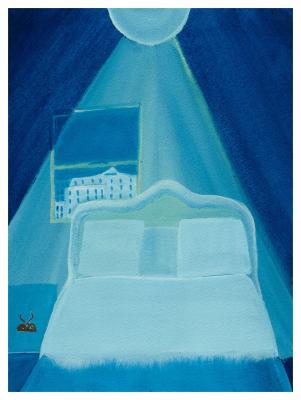
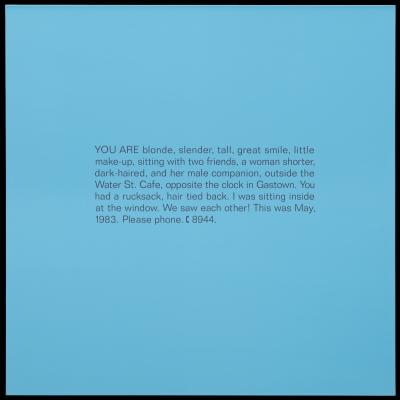
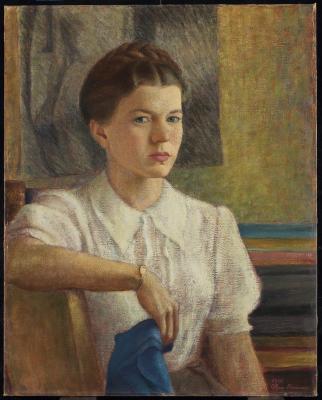
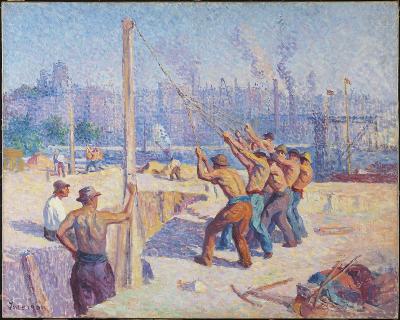
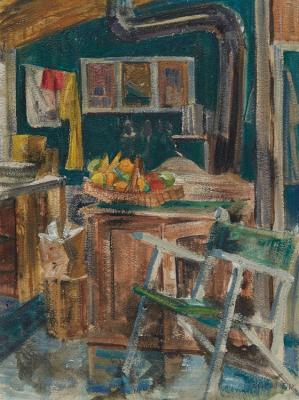
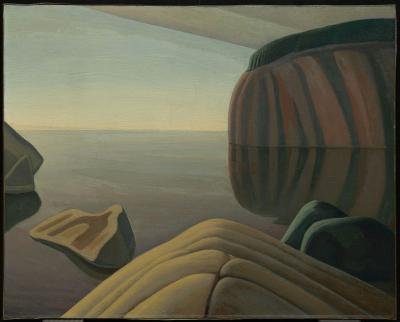
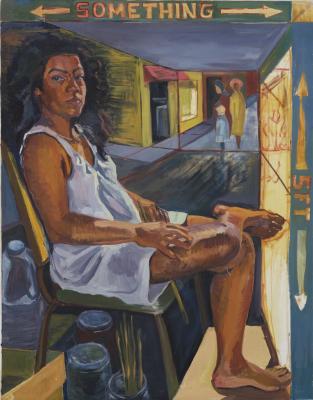
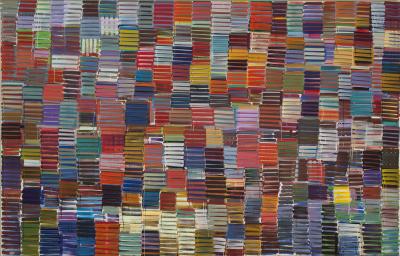

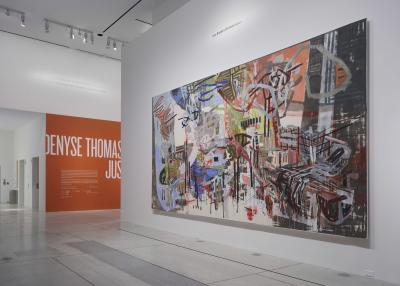
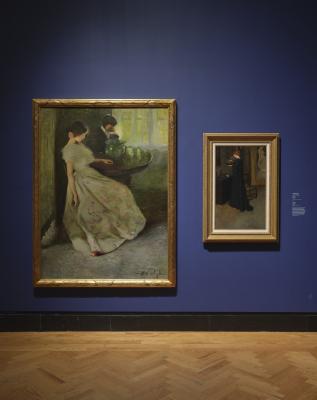
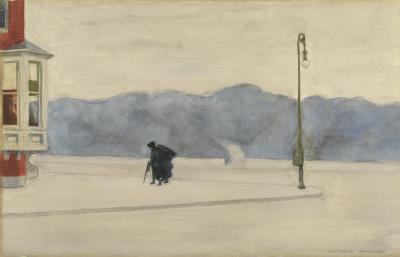
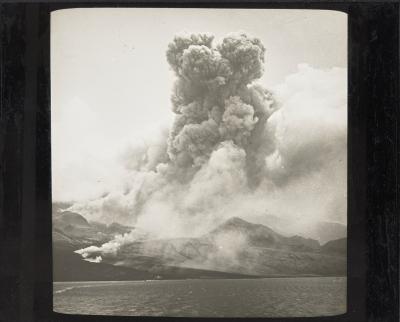
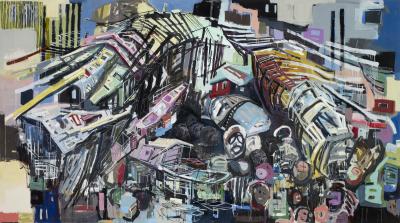
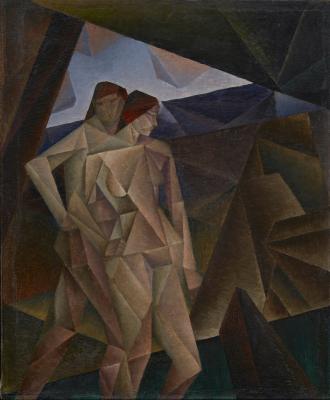
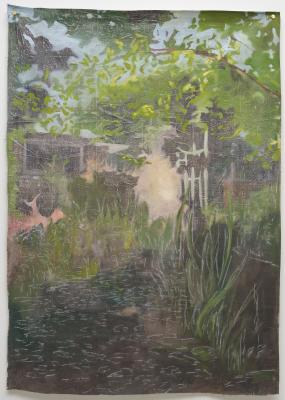
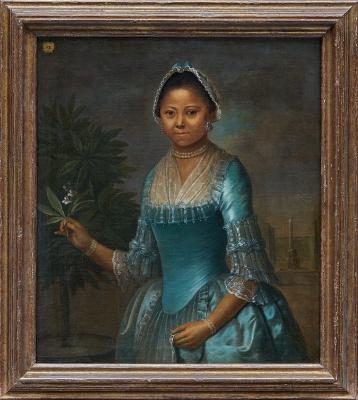

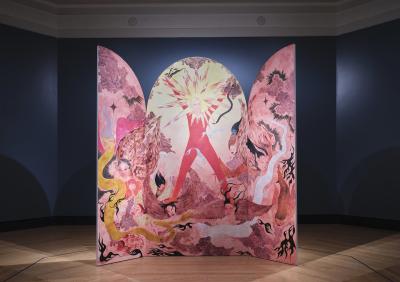
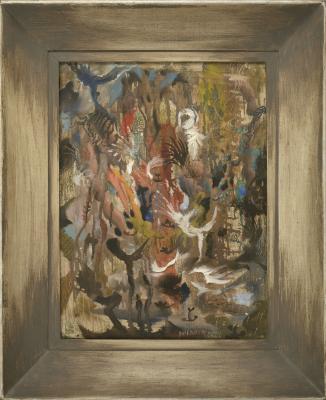
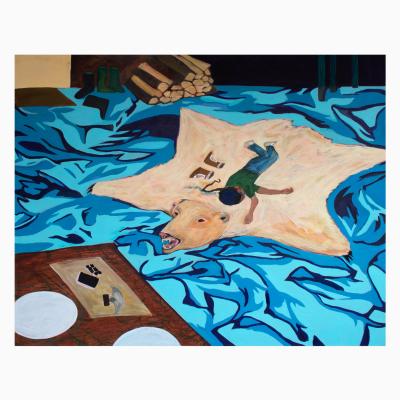
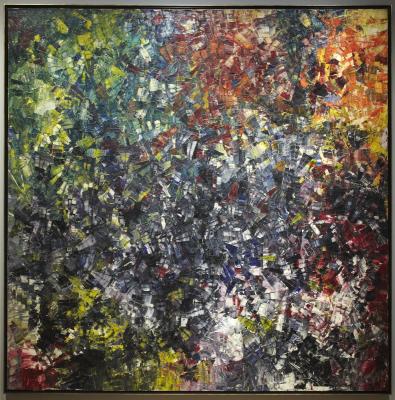
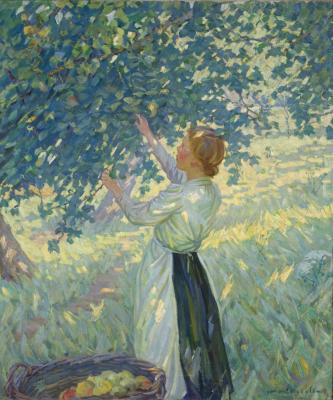
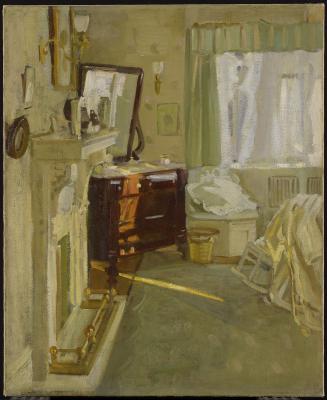
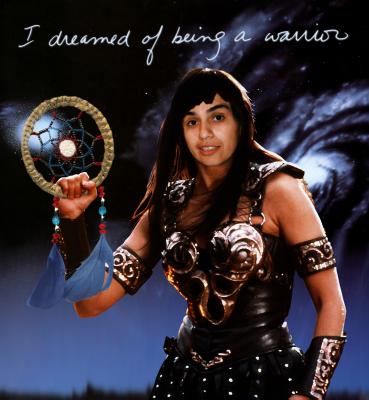
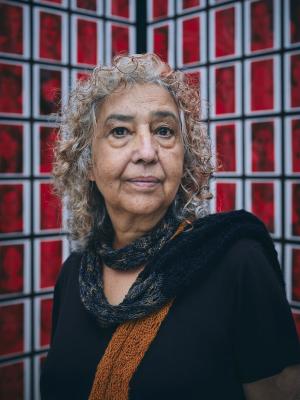
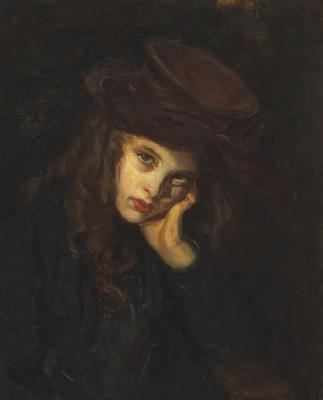
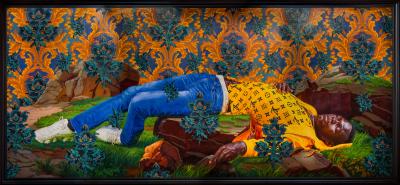

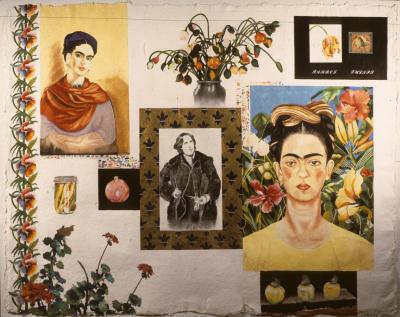
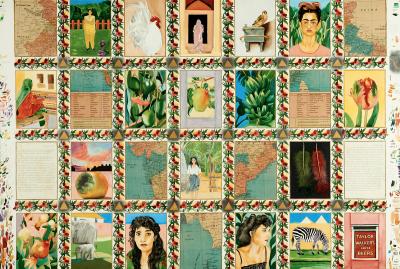
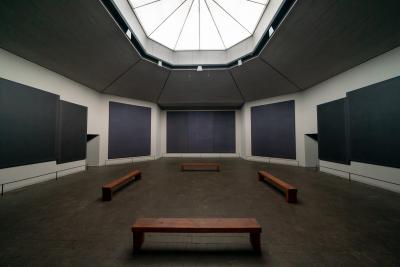
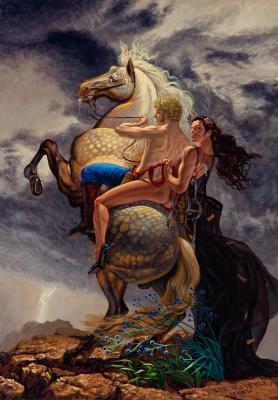
![Keith Haring in a Top Hat [Self-Portrait], (1989)](/sites/default/files/styles/image_small/public/2023-11/KHA-1626_representation_19435_original-Web%20and%20Standard%20PowerPoint.jpg?itok=MJgd2FZP)
